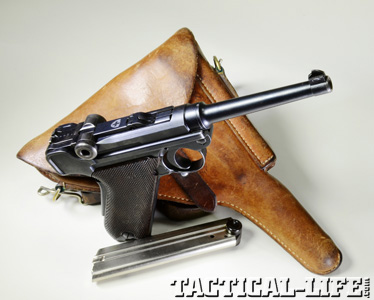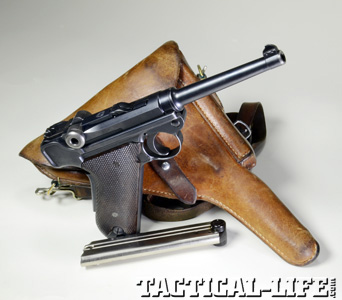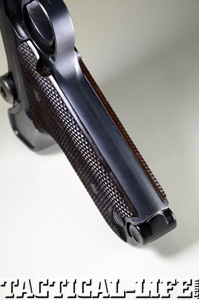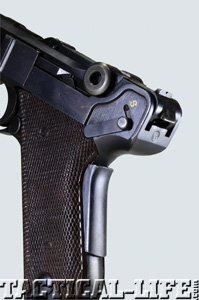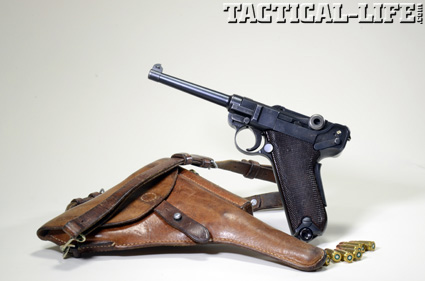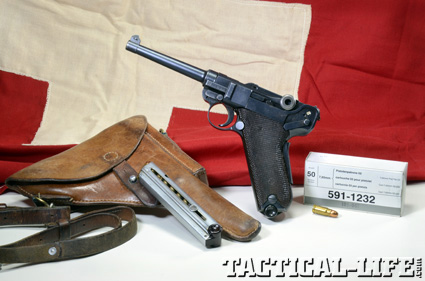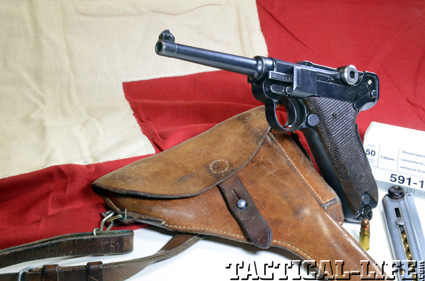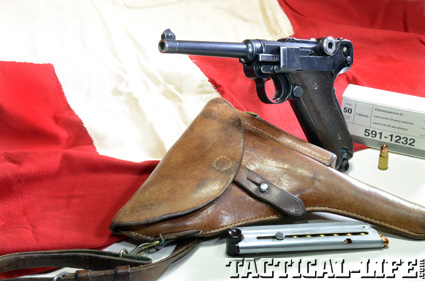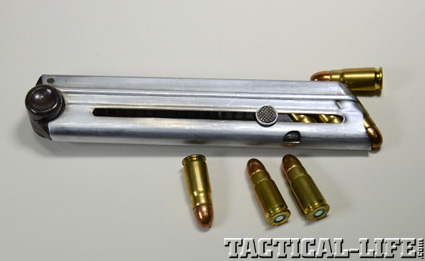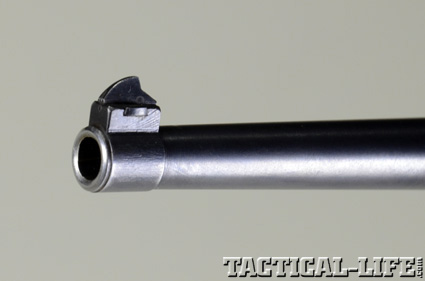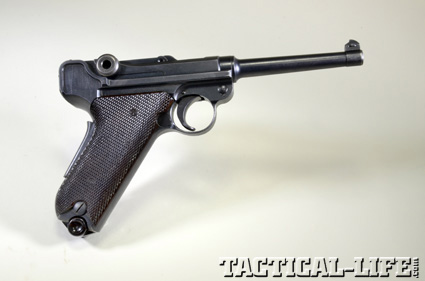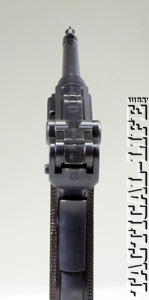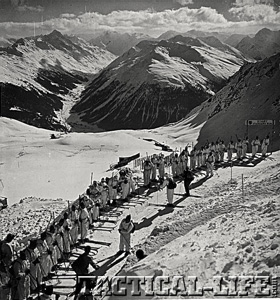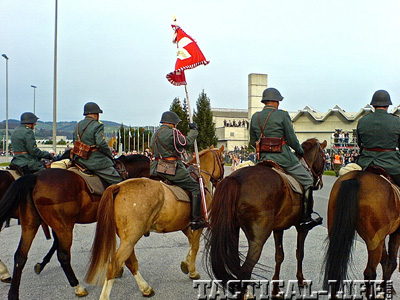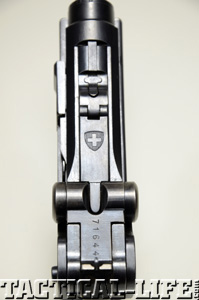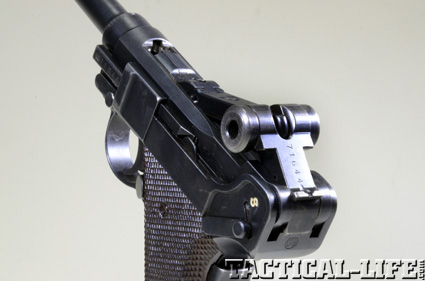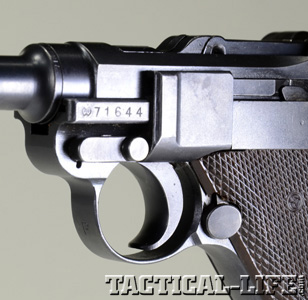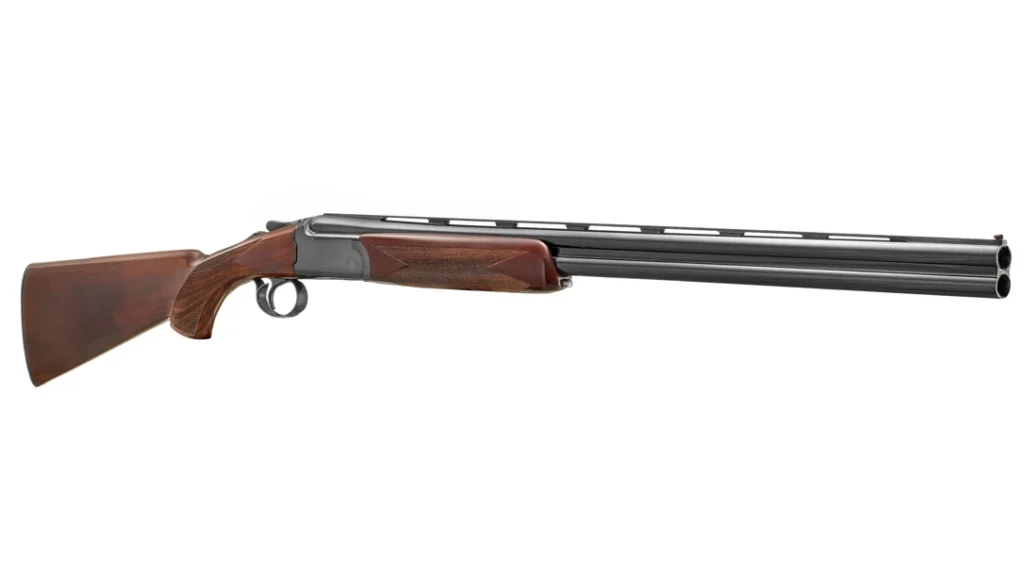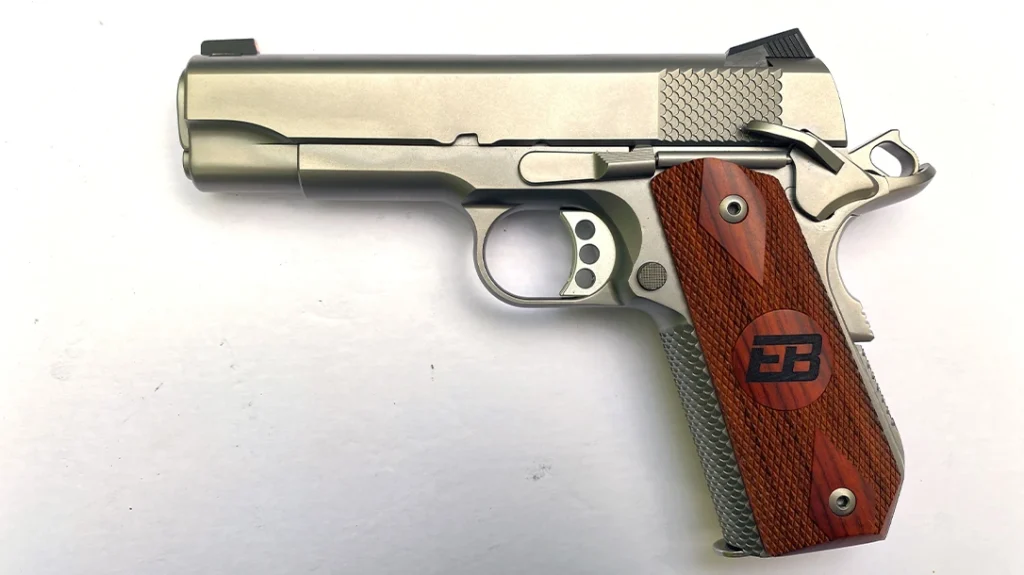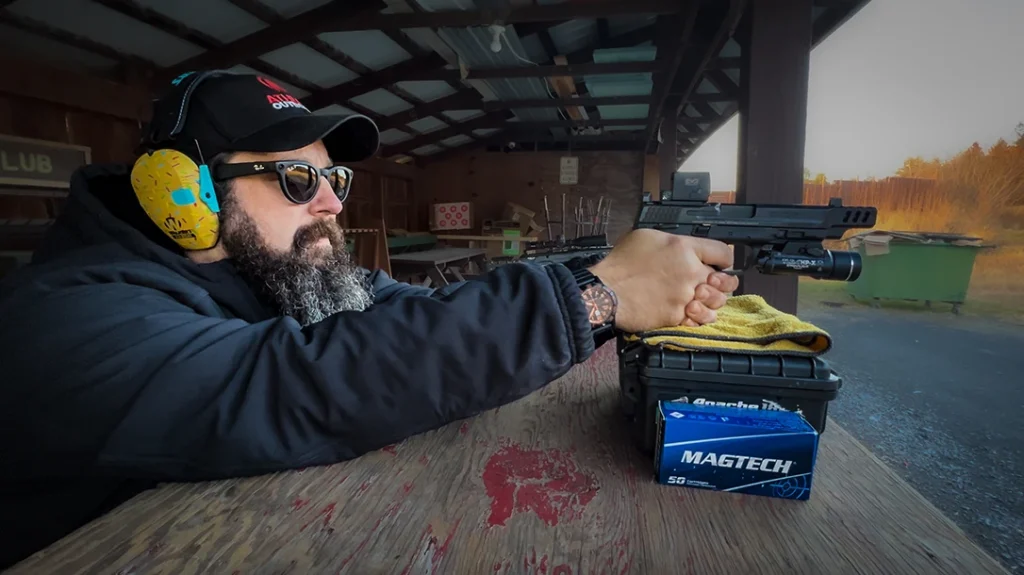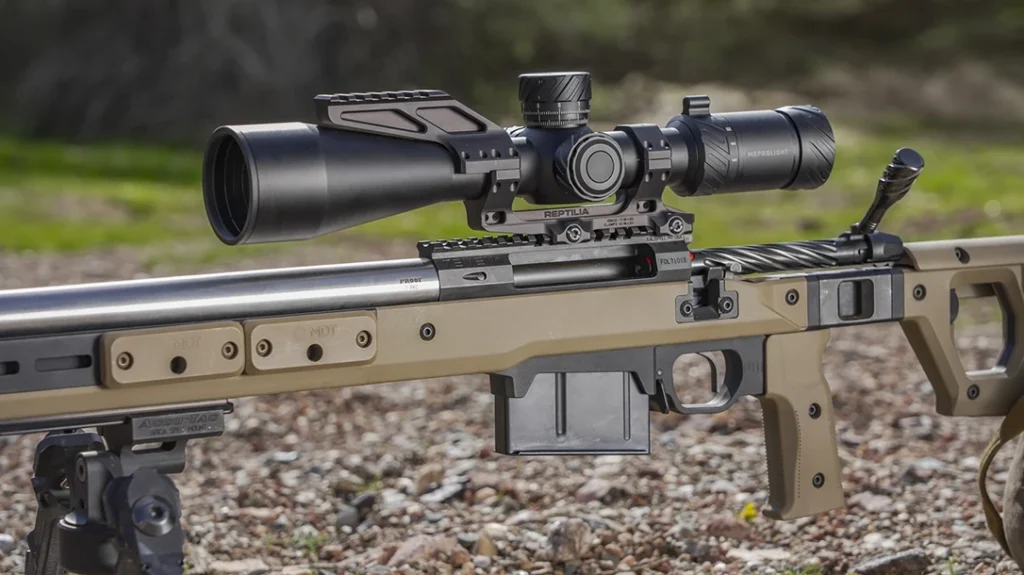When I was a kid, most of my friends and I could instantly identify the Lugers we saw when watching Combat and World War II films. We usually called them “German Lugers,” and we were, of course, correct, as those carrying them on screen were Germans and the Luger pistol originated in Germany. Right?
What became the Luger was based on the Borchardt C-93 pistol, which wad invented by Hugo Borchardt, who was born in Germany but immigrated to the U.S., and worked for Colt, Winchester and Sharps before returning to Europe to work for FEG in Hungary. Then between 1890 and 1892, he was back in the U.S., working for Remington. By 1893, however, he was working with Ludwig Loewe & Company in Berlin to market his automatic pistol, which used a toggle link similar to that of the Maxim machine gun. It could probably be argued that at least some of the development work on the pistol that the Luger was based on took place in Hungary and the U.S. Though it was the German army and navy that made the Luger famous, the first army to adopt the Luger pistol was Switzerland’s, in 1900. It wasn’t adopted by the German navy until 1904 and the German army until 1908, hence its designation as the P.08.
Pistol for War
The Swiss army had begun evaluating automatic pistols as possible replacements for the M1882 Swiss Ordnance Revolver in 1897. The rather large and ungainly Borchardt had been tested, but it was the Borchardt-Luger adaptation of the C-93 that generated interest from the Swiss. Ludwig Loewe had been absorbed by Deutsche Waffen-und Munitionsfabriken (DWM), and George Luger had been assigned the task of making the C-93 more appealing as a military pistol. During 1898 and 1899, he designed what would become the Luger pistol as we know it…
Advertisement — Continue Reading Below
GET THIS ISSUE NOW! at www.tactical-life.com/subscribe/military-surplus/.
